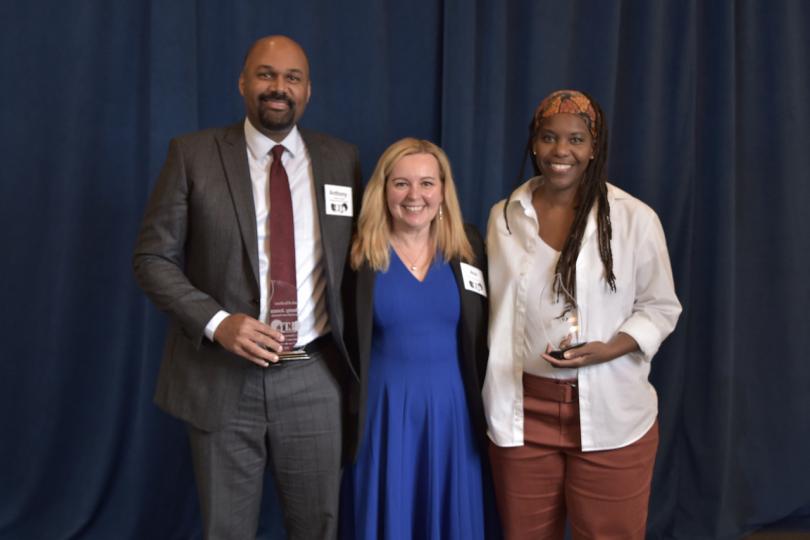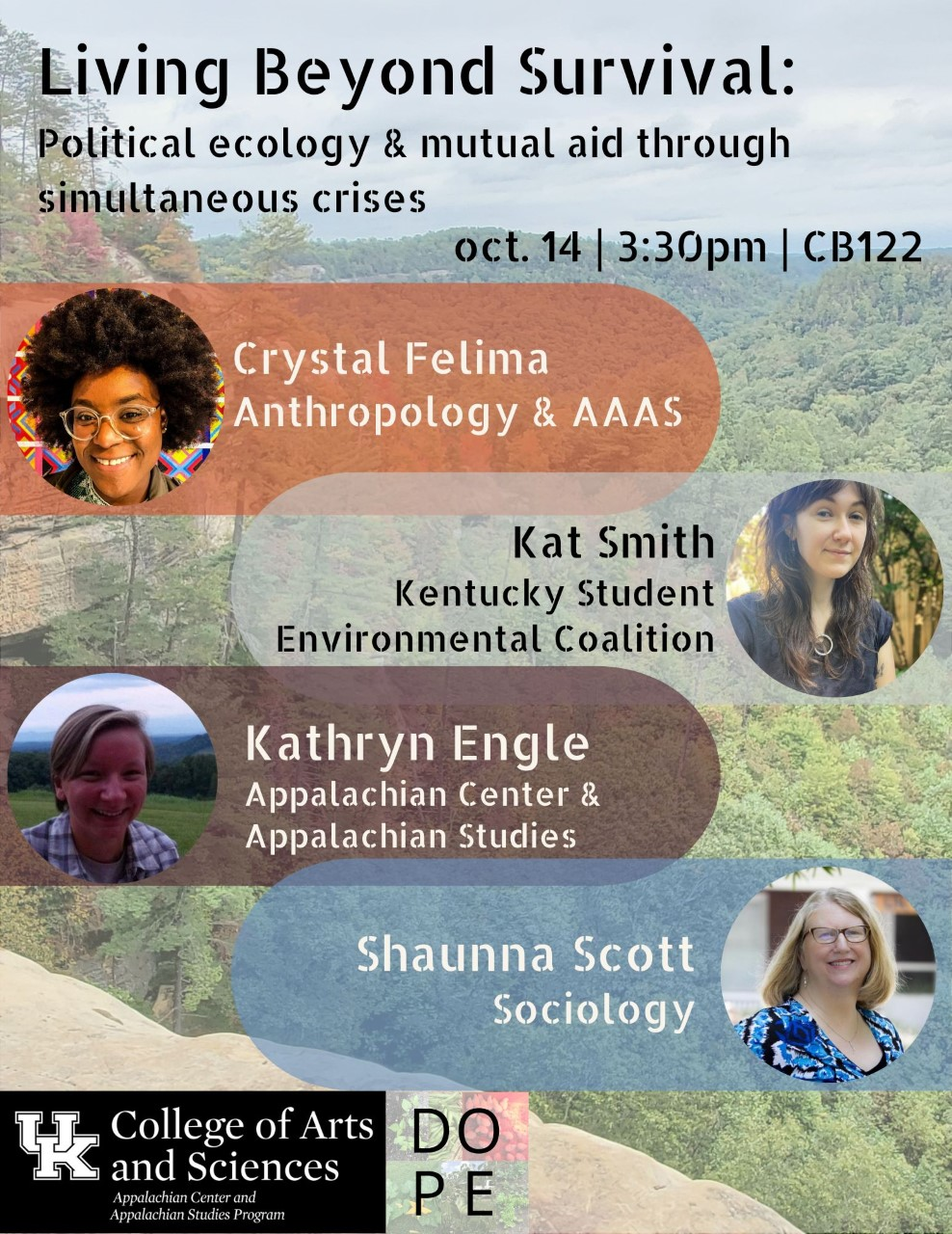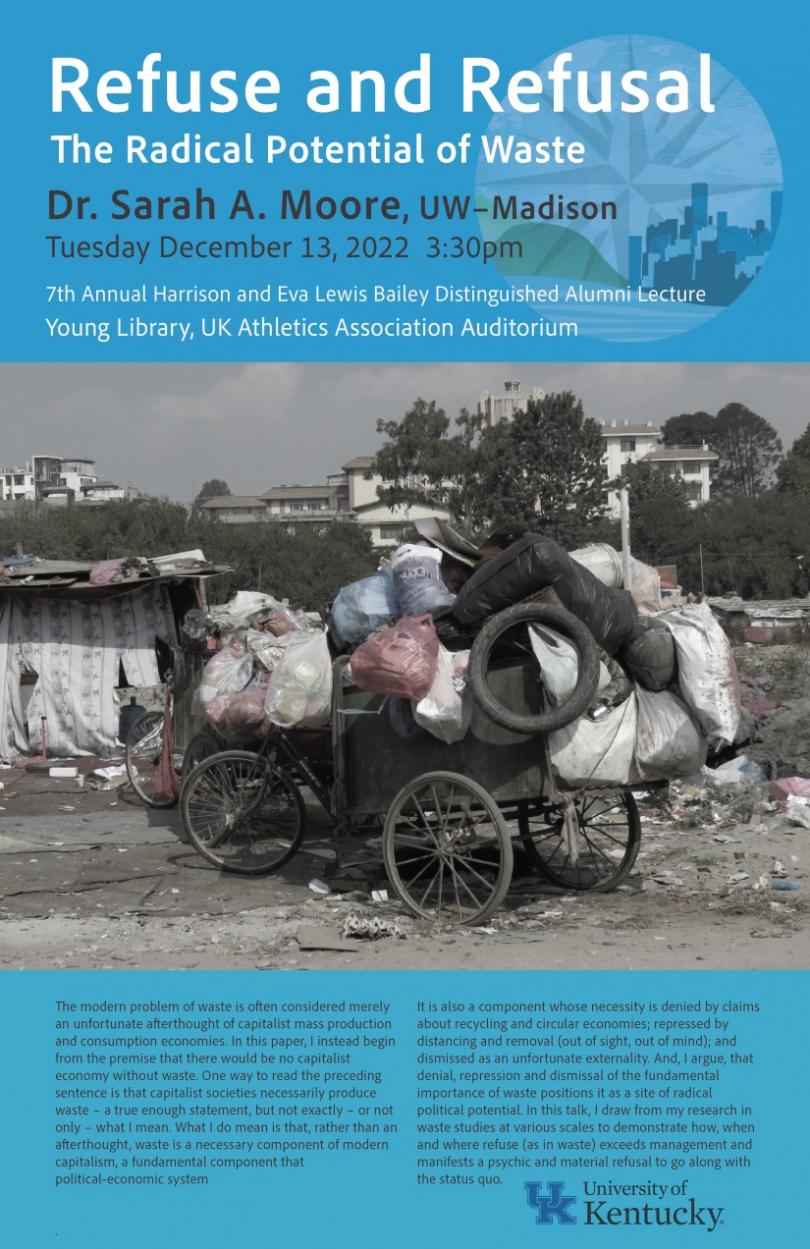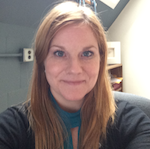Geography Postdocs Directory
Geography Emeritus Faculty Directory
Lyman T. Johnson Awards recognize A&S alumni
By Stacey Gish
 LEXINGTON, Ky. (Oct. 14, 2022) — More than 60 alumni and students were honored during the 31st annual Lyman T. Johnson Awards program Friday, Oct. 14, at the Gatton Student Center.
LEXINGTON, Ky. (Oct. 14, 2022) — More than 60 alumni and students were honored during the 31st annual Lyman T. Johnson Awards program Friday, Oct. 14, at the Gatton Student Center.
Roundtable: Living Beyond Survival (DOPE and App Center)
Living Beyond Survival: Political ecology & mutual aid through simultaneous crises:
Speakers:
Crystal Felima - Anthropology & AAAS
Kat Smith - Kentucky Student; Environmental Coalition
Kathryn Engle - Appalachian Center & Appalachian Studies
Shaunna Scott - Sociology

UNDERWATER TREES
Tupelo gum and bald cypress (Nyssa aquatica and Taxodium distichum) are the main trees you are likely to find in perennially flooded deepwater swamps and stream channels in the southeastern U.S.A. Once established, they can grow in sites that are always inundated. However, they cannot germinate from seeds and establish seedlings in standing water. The substrate must be exposed at least once, at the right time of year, for that to happen.
So how come you can find cypress and tupelo growing in perennially flooded areas, in standing water, that apparently never dry out? How do they get a start on the bottom of a stream or lake?

Pinetree Creek, an anabranch of the lower Neuse River, N.C.
The obvious answer is that they (or their parents, if they grew from stump sprouts or nurse logs) got their start when the site was not flooded, or always inundated, or that they got their start on some raised spot within the water that is no longer evident.
Harrison and Eva Lewis Bailey Distinguished Alumni Lecture

Please join us for our 7th Annual Harrison & Eva Lewis Bailey Alumni Lecture. Our distinguished alumni, Dr. Sarah Moore (UW-Madison), will return to present "Refuse and Refusal: The Radical Potential of Waste". Learn more here.

A reception will take place after the lecture at Commonwealth House of the Gaines Center for the Humanities, located at 226 E Maxwell St, Lexington, KY 40508.
LESSONS FROM THE HOT SPOTS & COLD SPOTS
Last year, I wrote about how the warnings about human-accelerated climate change we’ve been hearing (and those of us in the business have been sending) for decades are, unfortunately, coming true. Almost daily, our news feeds remind us of this, or provide new evidence that Earth’s climate, and the environmental systems affected by it, are approaching unknown territory. We are seeing ocean temperatures, ice loss from the great Antarctic and Greenland ice sheets, storm and flood regimes, heat waves, and fires that are unprecedented in human history and in some cases unprecedented in Earth history, period.

National Weather Service heat warnings for California






































